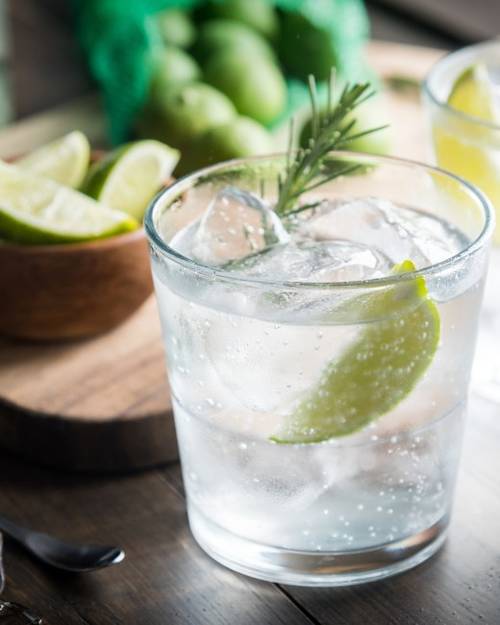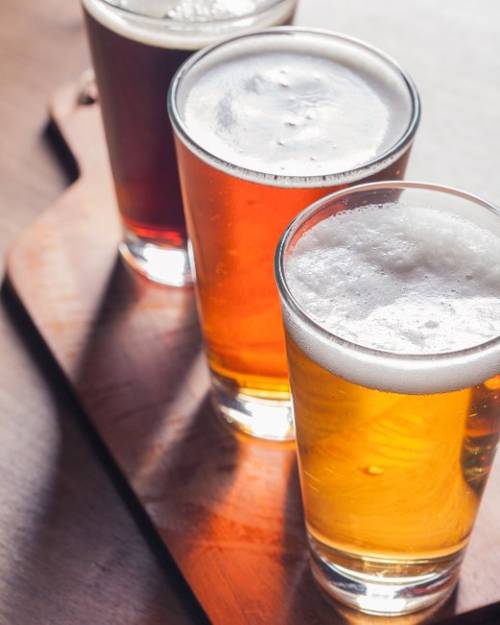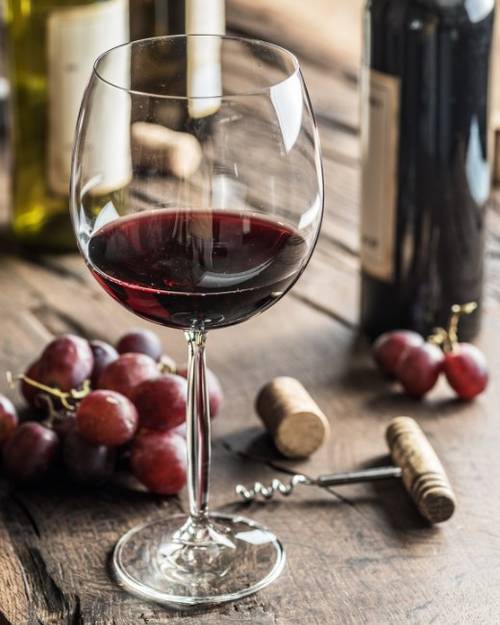Understanding no- or lo-alcohol labels
With all this interest in living an alcohol-free or “sober curious” life, demand for great-tasting drinks is only set to grow, which means lots more choice on the shelves… and, perhaps, more confusion too.
Yes, it’s a convoluted world with terms like No/Lo (no- or low-alcohol), alcohol-free, non-alcoholic and low-alcohol popping up everywhere. And while there are strict laws in Ireland and Europe on the sale of alcohol - including rules on what can be called Irish whiskey, for example - there are few official guidelines around non- and low-alcohol "spirits".
People opt for alcohol-free drinks for all sorts of reasons so it’s always a good idea check the labels on anything you’re buying to ensure it’s what you’re looking for. But here, we’ve deciphered some of the common terms to make it all a little easier.




